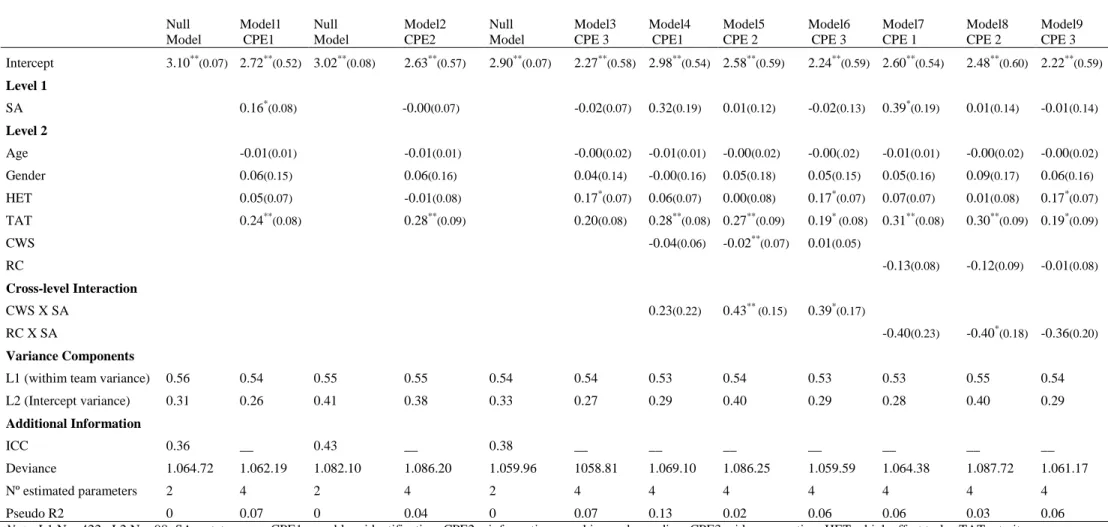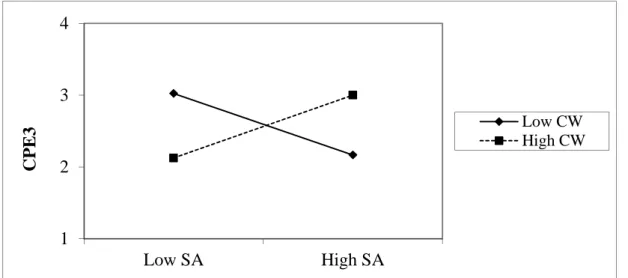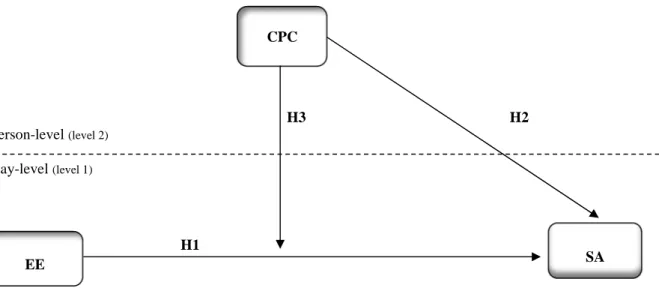Anger and creative process engagement in the organisational context
Texto
Imagem


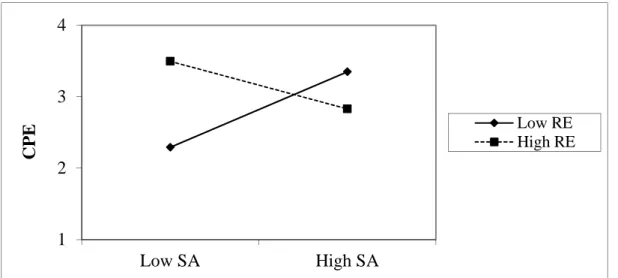
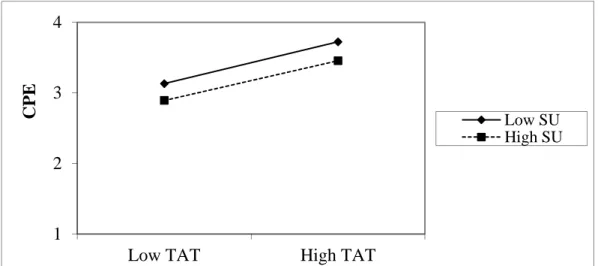
Documentos relacionados
A Política Judiciária Nacional foi regulamentada pelo Conselho Nacio- nal de Justiça na Resolução nº 125, de 29 de novembro de 2010, e vem sendo incentivada em campanhas como
Ao realizar o acompanhamento farmacoterapêutico (AFT), o farmacêuti- co assume papel de informante, quanto ao uso correto de medicamentos, ava- lia os riscos a que os pacientes
In this sense, the Middle Ages is one of the historical periods in which the body has played a decisive role as an agent motivating the appearance of images- object in the context
The probability of attending school four our group of interest in this region increased by 6.5 percentage points after the expansion of the Bolsa Família program in 2007 and
The best way to achieve this goal is to apply a solvent-free, pH-neutral, hydrophobic adhesive resin layer in a separate step, as confirmed by inferior in vitro and in vivo
De esta forma cuando un sujeto mira un objeto desde el lugar del deseo, el objeto le está devolviendo la mirada, pero desde un lugar en que el sujeto no puede verlo, escisión entre
In Praça 14 outdoors in the rainy period (Table 1), the highest average was found on Tyres, whereas in Coroado several groups showed high and relatively similar averages –
The four UMIs pro- voked a similar degree of disturbance, regardless of their content, in Iranian, Israeli, Argentinian, and Italian par- ticipants, whereas the IA-H-related


